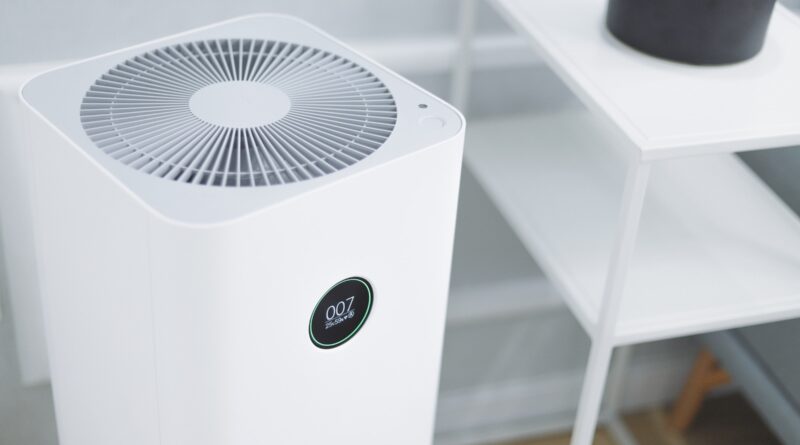Air purifiers have become increasingly popular, and for good reason. I can confidently say that investing in an air purifier is worth considering, especially if you want to improve indoor air quality. Whether you’re dealing with allergies, living in a polluted area, or simply want cleaner air at home, these devices can make a significant difference. Let me share my insights about air purifiers and help you make an informed decision.
Spis treści:
Operating Costs and Energy Consumption
When considering an air purifier, you should understand its running costs. From my experience, a typical air purifier consuming 50 watts and running 24/7 will add approximately $4-6 to your monthly electricity bill (based on average US electricity rates). However, many modern units have smart sensors that adjust their operation based on air quality, potentially reducing energy consumption. The replacement filters, which you’ll need to change every 6-12 months, typically cost between $20-50, depending on the model and brand.
Health Benefits and Air Quality Improvement
I’ve found that air purifiers can significantly reduce common indoor air pollutants. They effectively remove up to 99.97% of airborne particles, including dust, pollen, pet dander, and smoke particles as small as 0.3 microns. This can be particularly beneficial if you or your family members suffer from allergies, asthma, or other respiratory conditions. Moreover, during wildfire seasons or in areas with high pollution levels, an air purifier can provide a safe haven of clean air within your home.
Important Features to Consider
The effectiveness of an air purifier depends largely on its features. I recommend looking for units with HEPA filters, which are the industry standard for air filtration. The Clean Air Delivery Rate (CADR) is another essential factor – it should match your room size. For example, a room of 300 square feet needs a CADR of at least 200. Additional features like activated carbon filters for odor removal, air quality sensors, and automatic mode can enhance the purifier’s functionality, though they’ll also increase the price.
Maintenance Requirements
To maintain optimal performance, your air purifier will need regular attention. I typically clean the pre-filter monthly and vacuum the exterior weekly to prevent dust buildup. The main HEPA filter usually requires replacement every 6-12 months, depending on usage and air quality. Some models have filter replacement indicators, which take the guesswork out of maintenance scheduling. While this maintenance might seem demanding, it’s essential for ensuring effective air purification and prolonging the device’s lifespan.
Conclusion
Based on my research and experience, an air purifier is a worthwhile investment if you value clean indoor air and are willing to maintain the unit properly. While the initial cost and ongoing maintenance expenses should be considered, the benefits to your health and quality of life can outweigh these factors. However, remember that an air purifier works best as part of a broader approach to indoor air quality, including regular cleaning and proper ventilation.
